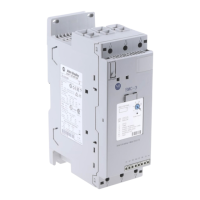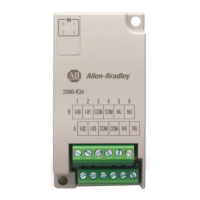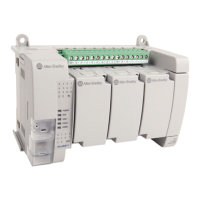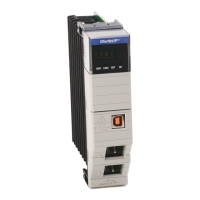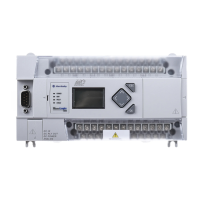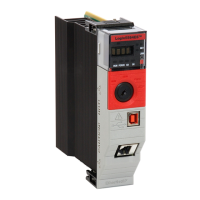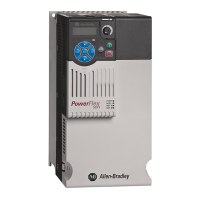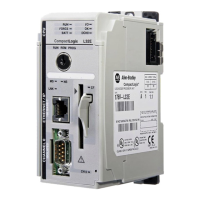Rockwell Automation Publication ICSTT-RM406J-EN-P - February 2021 11
Chapter 1
Introduction to Maintenance Activities
Corrective and preventative maintenance activities for the AADvance®
controller include troubleshooting activities and repair procedures to correct
the problem and return the controller back to full operation. Preventative
maintenance and testing procedures are needed to keep the system available
and healthy.
Making Repairs Promptly A fault indication does not necessarily mean an important part of the
controller is not operational. Some faults have no immediate effect — for
example, a fault in one of the diagnostic systems. Nevertheless, the problem
must be rectified in a timely manner.
System repair must be done promptly, to make sure that faults do not build up.
This principle applies as much to a redundant arrangement, which needs to
make sure that fault-tolerant operation continues, as it does to a simplex
controller. Multiple failures can cause a plant shutdown.
Resolving Multiple Faults The fault diagnosis procedures in this manual will find a solution for a single
fault. If you follow one of the processes to its conclusion but if a fault
indication persists, then other faults are present. Quarantine faulty
components you have removed during your first investigation, then repeat the
fault finding procedure.
Required Tools Standard AADvance
The installation and maintenance of the AADvance controller requires the
following tools and test equipment:
Standard Tools
• Screwdriver, flat 0.8.mm x 9.0 mm (1/25 inch x 3/8 inch), for the module
clamp screws and blanking covers
• Screwdriver, flat 0.6 mm x 3.0 mm (1/40 inch x 1/8 inch), or a similar that
will open fuse covers on termination assemblies.
• Screwdriver, cross head number 0, for battery cover on 9110 processor
module
• Screwdriver, flat 0.8 mm x 4.0 mm (1/25 inch x 5/32 inch), for screws on
extension cables
WARNING: Never permit an AADvance controller used for a safety-critical
function to operate for an extended time with a failed module. Replace the
module in less than the MTTR assumed for PFD calculations to preserve the
SIL level for the system.
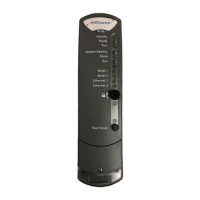
